John Smith
TFC Member – UK

Discover the most effective learning method to become the artist you want to be.
Every week, receive 5 NEW comprehensive courses with updated theory and downloadable practice material, specially designed by the best artists so that you can easily and quickly master any drawing style.
The complete course includes: Comic, Manga, Artistic Drawing, Cartoons, 2D Animation, Storytelling, and more!
(4.7 out of 5 based on 1,835 reviews)
Embark on a journey of artistic growth with the masters: we team up with highly skilled artists to deliver weekly content designed specifically for our members. Immerse yourself in their world of expertise as they reveal their secrets to you on TFC




It’s easy. Sign up and access your personalized library now. Every week, you’ll receive new content that will allow you to learn and perfect your preferred drawing style.
All styles are included so you can explore without limits!
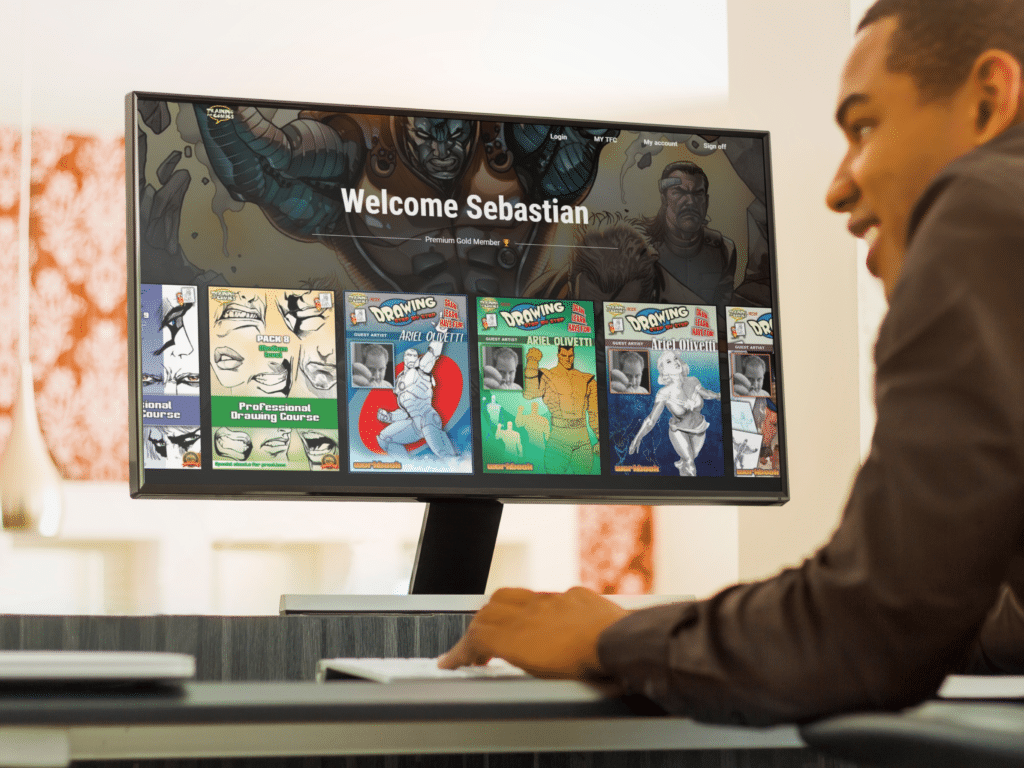
Begin your artistic journey with our Comprehensive Drawing Course that will transform you from novice to professional in styles such as Comic, Manga, Cartoons, Artistic Drawing, and much more.
In addition to the comprehensive course, each week you receive new and original challenges in the “Drawing Step by Step” section, so you can practice, have fun, and implement what you’ve learned by creating your own drawings.
Get inspired by the exciting interviews with renowned artists and collect valuable content in the “Magazine” section.
And if you’re looking for tips and secrets on specific techniques to maximize your learning, the “Tips & Tricks” section is perfect for you.
On our platform, we not only offer you theoretical lessons, but we also provide you with unique downloadable workbooks specially designed for each lesson.
These workbooks will allow you to practice the techniques you’ve learned in an effective and enjoyable way.
Unlike other courses you can find on the internet, our exercises have been carefully created by our team of professional artists with a clear goal: to help you unlock your creativity and make each new piece of knowledge stick in your mind permanently.
With our innovative practice system, you’ll learn up to three times faster than with any other method.
These workbooks will be your faithful companions throughout the entire course, helping you improve and master drawing.
Don’t miss the opportunity to improve your skills with the help of our experts.
We invite you to check out the testimonials from other members at the bottom of the page!
(4.7 out of 5 based on 1,835 reviews)
You will have a New Releases section in your library.
Every week, at least 5 pieces (20 per month) of new and exciting content await you, spread across the different sections.
Get ready to explore an ever-evolving artistic landscape, where each update will provide you with the tools and knowledge necessary to take your art to the next level.
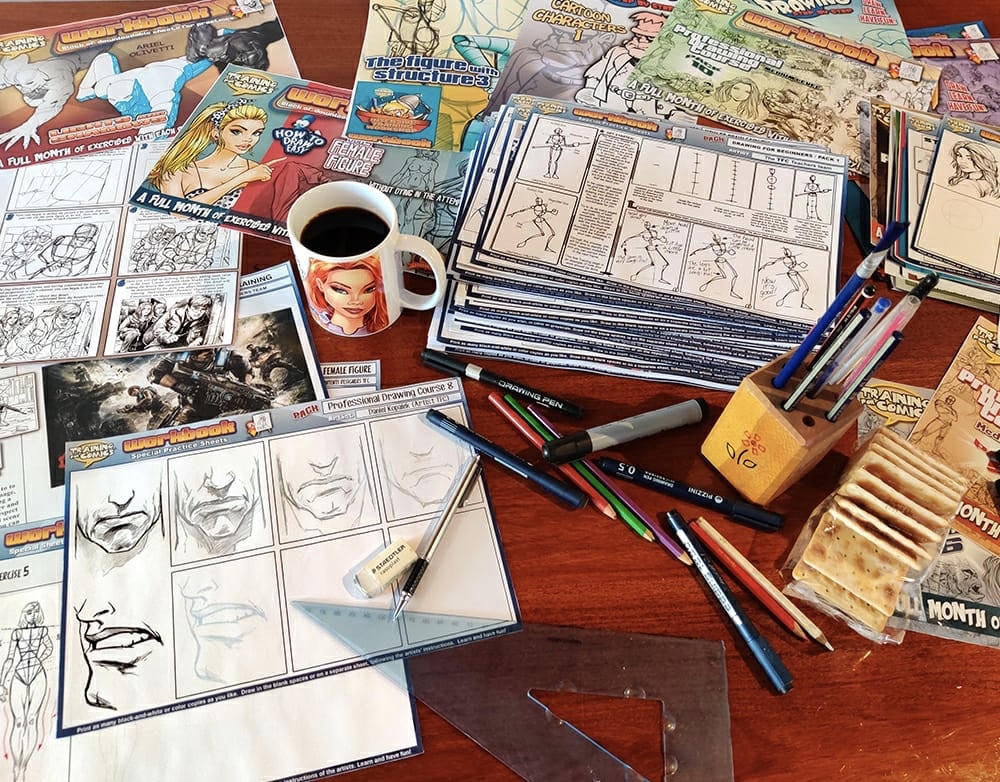
At TFC, we believe that learning should be accessible to everyone, regardless of their starting point.
That’s why we have developed a comprehensive program that covers everything from the basic fundamentals to advanced techniques.
Whether you’re starting from scratch or looking to take your skills to the next level, you’ll find content tailored to your specific needs, allowing you to progress at your own pace towards artistic excellence.
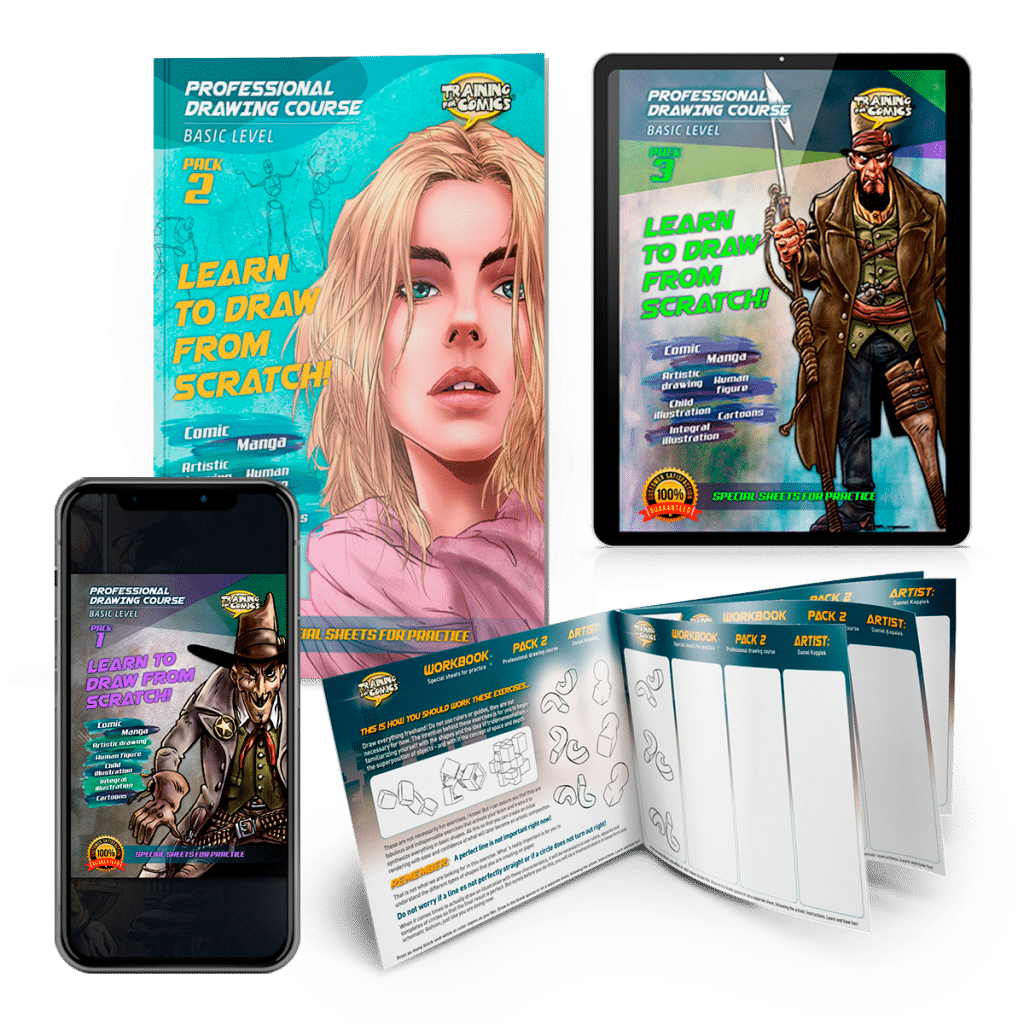
TFC celebrates artistic diversity and recognizes that each style has its own magic.
We invite you to immerse yourself in the world of Comics, let yourself be carried away by the excitement of Manga, explore the infinite possibilities of Artistic Drawing, bring unique characters to life with Cartoons, or tell captivating stories through Storytelling and 2D Animation.
At TFC, you choose your own path, and we provide you with the tools to never stop drawing and creating.
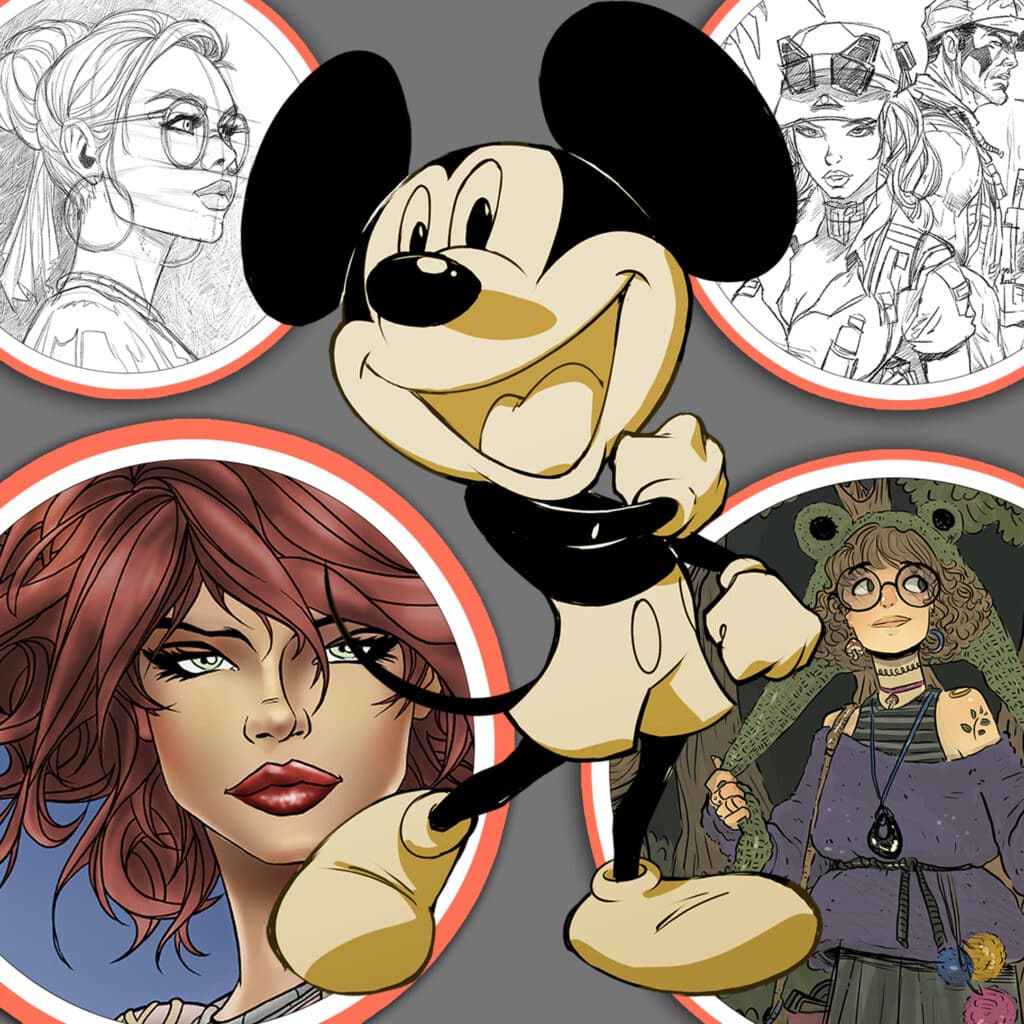
At TFC, your satisfaction is our top priority. We’re so confident that you’ll love our program that we offer a hassle-free money-back guarantee.
If for any reason you’re not completely thrilled with TFC, simply request a refund and we’ll give you your money back, no questions asked.
We want you to explore and enjoy our content risk-free. If you like it, fantastic! If not, we’ll refund your investment. It’s that simple.
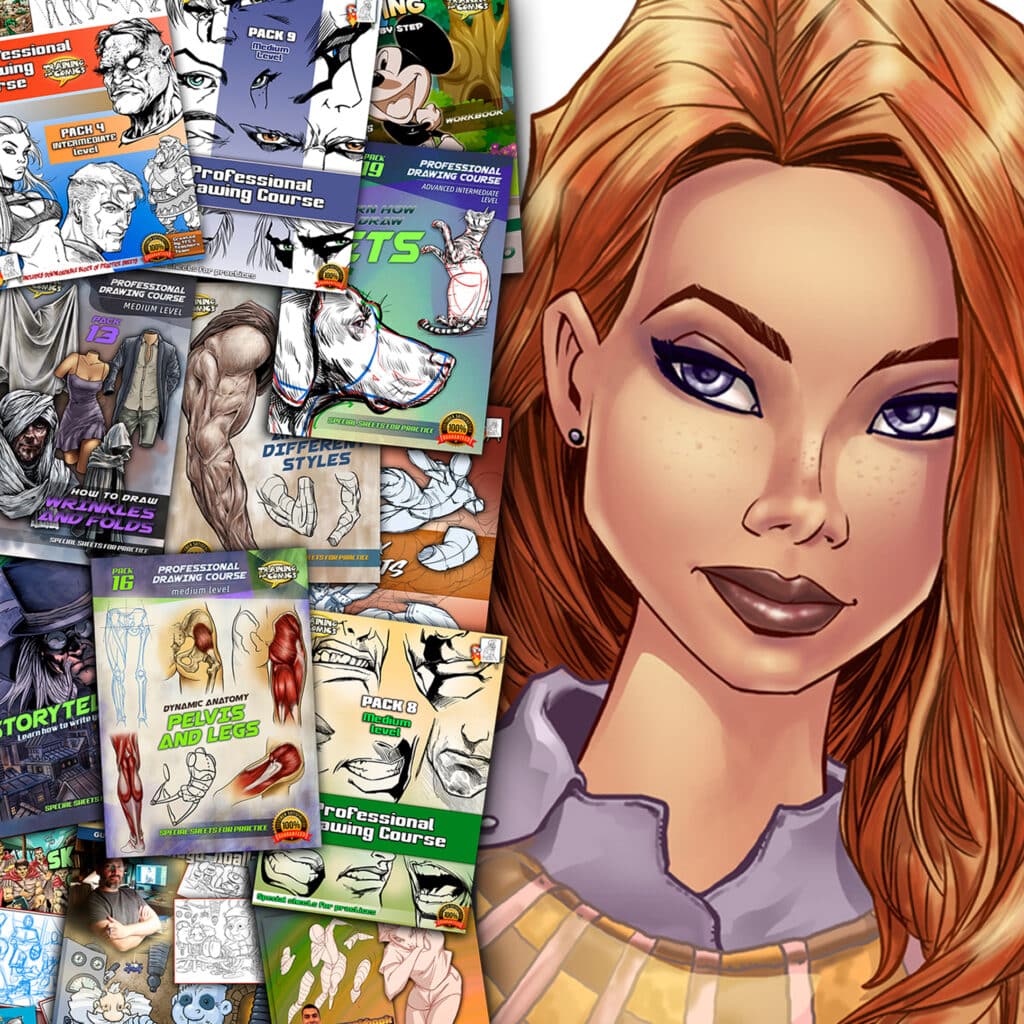


Wait, there’s more! At TFC, we strive to provide you with the utmost value.
That’s why, if you decide to join our community today, we have a special surprise for you. You will receive, at no additional cost, a complete package of bonuses designed to enhance your learning experience.
These exclusive resources, detailed below, are our way of welcoming you and helping you accelerate your artistic growth.
Unlock the secrets of artistic mastery and embark on a journey to draw like the self-taught Elite.
Discover the 6 proven techniques that will skyrocket your learning speed by 100%, allowing you to implement and elevate your skills starting today.
Embrace the power of these infallible methods and watch as your artistic abilities soar to new heights!
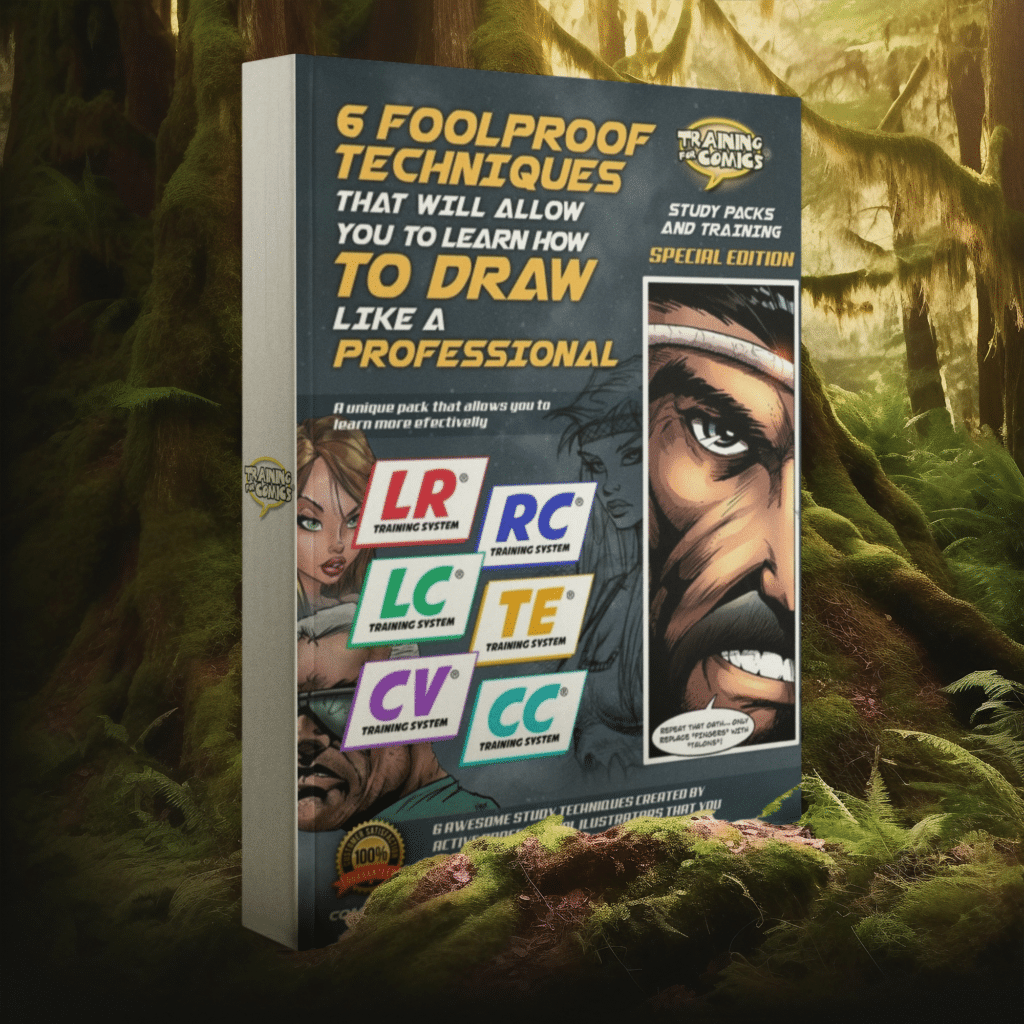
We introduce to you a gift that will revolutionize the way you learn to draw: 32 “Drawing Step by Step” books that will captivate you from the first page.
These books will challenge you in such an entertaining way that you won’t even feel like you’re learning.
As you explore each novel technique, you will find yourself immersed in a world of fun and artistic discovery.
Get ready to embark on an unmatched creative adventure!
(4.7 out of 5 based on 1,835 reviews)
Discover a treasure trove of artistic wisdom with our Magazines, your window into the world of great masters.
Each issue offers you the opportunity to delve into the brilliant minds behind extraordinary works, unveiling their most cherished secrets and challenging you to push your limits.
And as a token of our appreciation for your purchase today, we are giving you early access to 4 issues, providing you with an abundance of captivating material and privileged insights to boost your artistic growth.
Embrace a learning experience that will catalyze your artistic evolution and redefine your potential
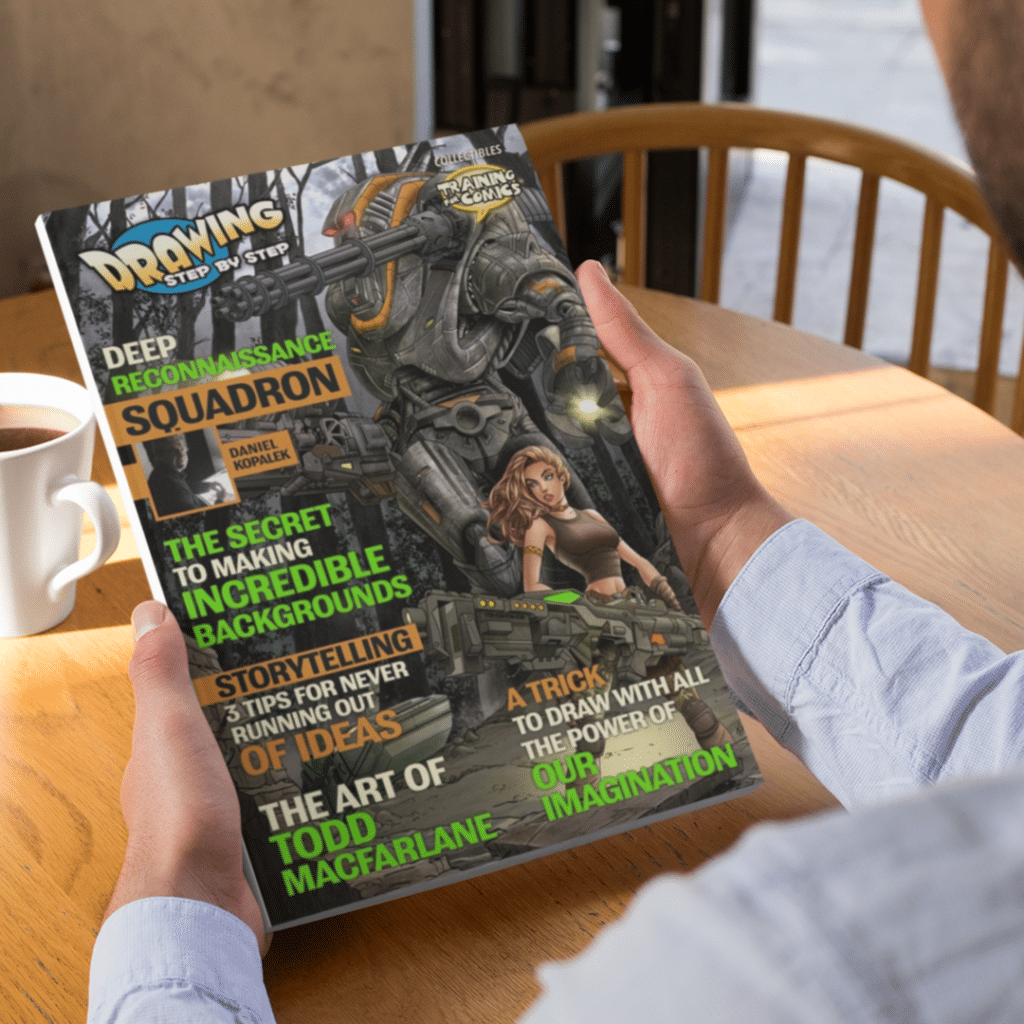
Get ready to gain invaluable artistic knowledge with our special gift of 72 content pieces in “Tips and Tricks”!
Discover the best-kept secrets of the great art masters, condensed into practical and easy-to-implement tips.
Simply swipe through the images to explore this valuable collection of artistic wisdom.
Prepare to elevate your skills to the next level and create works that will captivate everyone!
Elevate your illustrator journey with our expertly curated roadmap, designed to propel you towards success with unmatched efficiency.
This comprehensive guide will help you navigate the complexities of the illustrator’s world, ensuring you reach your destination in the shortest possible time.
Discover the secrets to creating high-quality illustrations consistently, as you follow the strategically plotted course.
Embrace this roadmap and witness your skills flourish like never before!
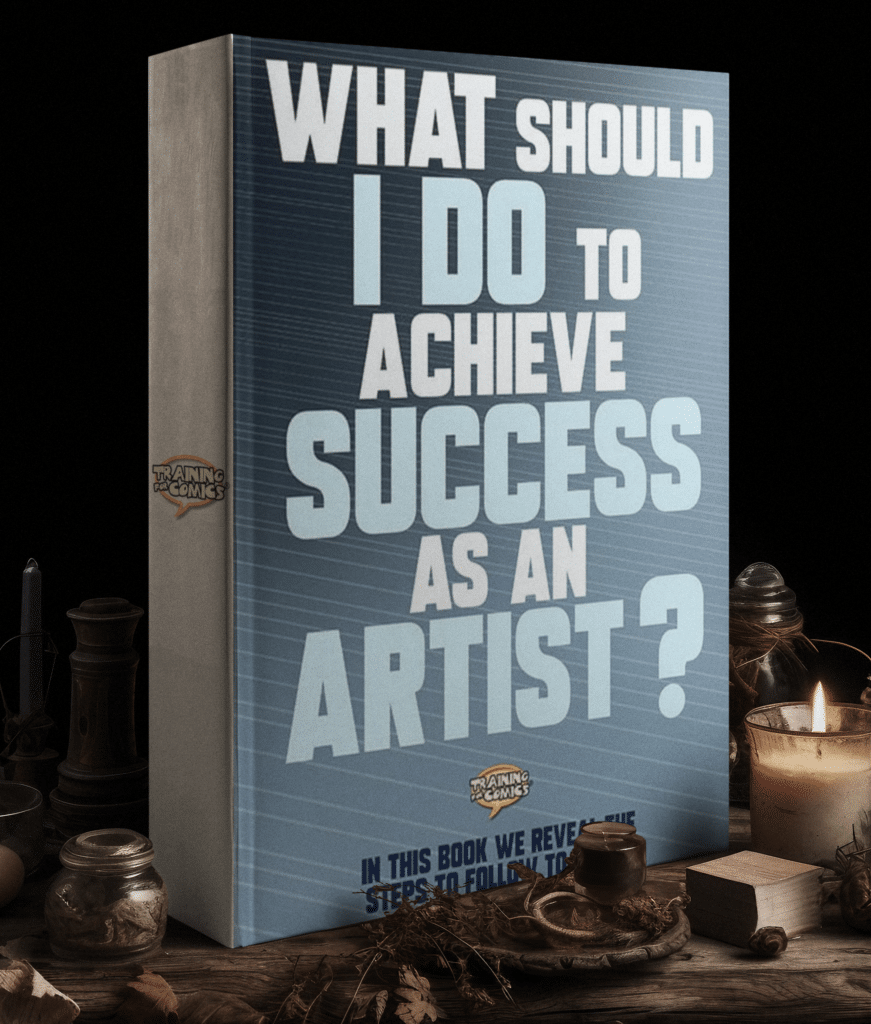
Master the art of drawing the female figure with our simplified method, designed so you can enjoy the process without unnecessary frustrations.
Say goodbye to difficulties and welcome surprising results. Additionally, we offer you an intensive practice workbook that will guide you on your journey to artistic mastery.
Get ready to capture the essence of the female form with ease and create works that will impress everyone!
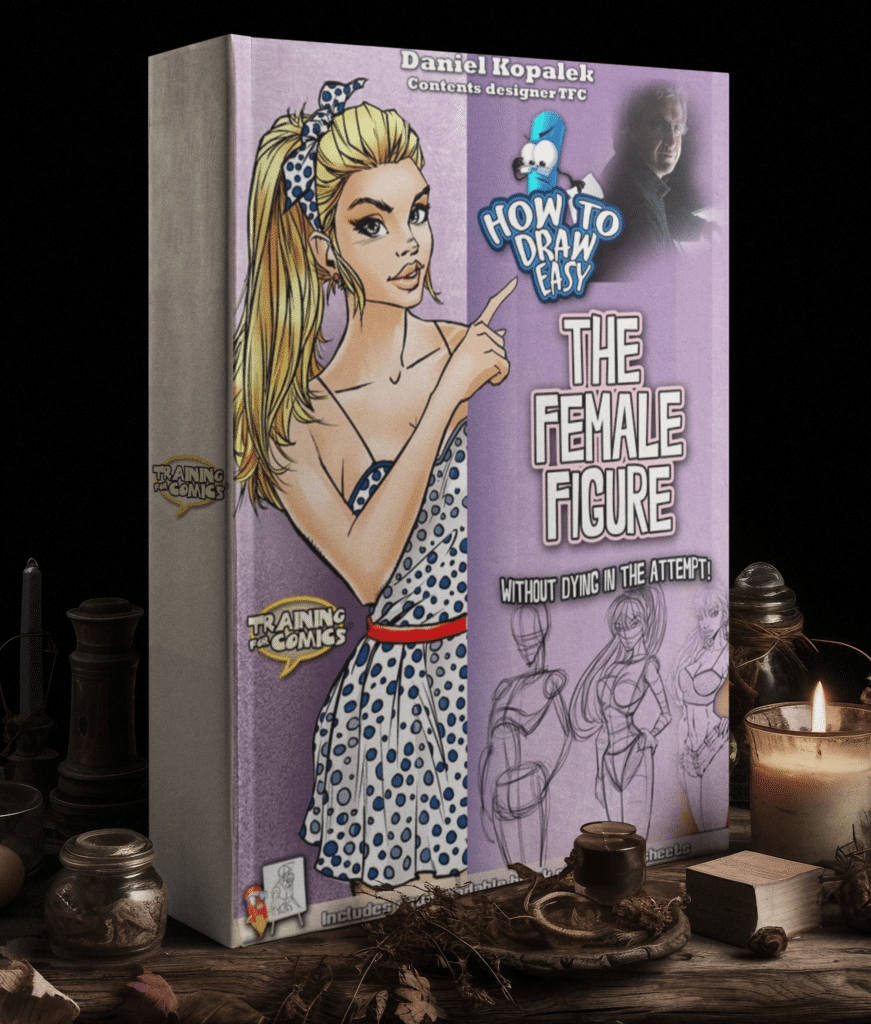
Master the world of digital color with “Professional Digital Color”!
Learn how to apply color to your illustrations, understand the atmosphere of graphic storytelling, and achieve effectiveness and efficiency in your work.
Transform your illustrations and embrace the flexibility of digital color!
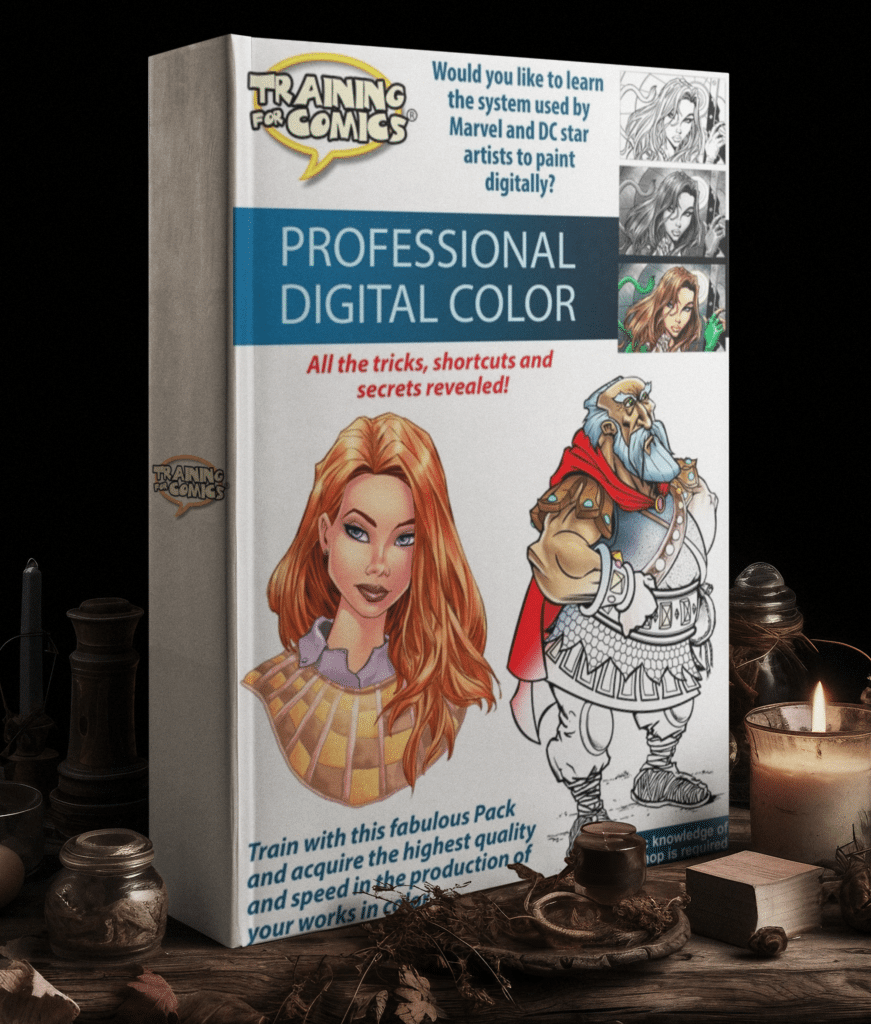
Do you want to learn how to design characters that captivate and move people?
Our definitive guide is your ticket to mastery in character creation.
Divided into three integral parts, this guide will take you by the hand through each stage of the creative process.
From basic concepts to the most subtle details, Parts 1, 2, and 3 will provide you with the necessary tools to bring truly extraordinary characters to life.
Get ready to embark on an unmatched creative adventure!
(4.7 out of 5 based on 1,835 reviews)
Join us too!
We are excited to share with you the complete curriculum we have designed to enhance your artistic talent.
Don’t hesitate, click on “see more lessons” and dive into a captivating preview of all the lessons that await you.
Each one has been carefully created to provide you with invaluable knowledge and skills.
Get ready to make a big leap in your artistic journey and discover all that you can achieve!
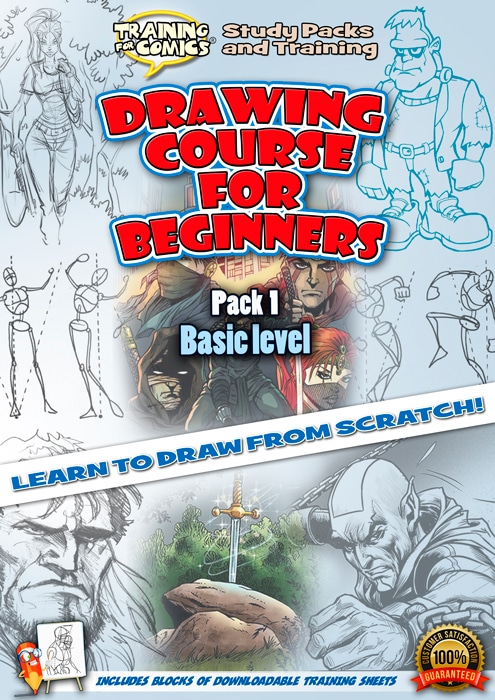
Pack 1
Content:
Are you ready to embark on an exciting drawing adventure?
In this Basic Level Pack, you’ll discover techniques and secrets that will transform your artistic skills.
With these 11 fabulous topics, you will immerse yourself in a world full of creativity and discovery, awakening your curiosity and leading you to explore new forms of expression.
In this pack you will learn:
1 – Master the “Regularity Graphemes”: perfect your stroke with amazing exercises.
2 – Decompose the human figure: learn the measures and proportions that hide behind its apparent simplicity.
3 – The stick figure: a revolutionary tool that will change the way you draw.
4 – Master lines: the key to capturing the essence of movement and posture.
5 – Proportions in action: an exclusive guide to adapt to any pose.
6 – The art of “Acting”: bring your characters to life with naturalness and expressiveness.
7 – Dance to the rhythm of the line of action: the visual melody that guides your creations.
8 – Volume and perspective: unveil the secret to give depth to your illustrations.
9 – Movement in every stroke: capture the energy and dynamism of your characters.
10 – The magic cross: an infallible trick to define the most challenging poses.
11 – Treasure your knowledge: recapitulate and consolidate the concepts that will mark a before and after in your art.
Don’t wait any longer and dive into this Basic Level Pack, where each topic is a challenge that ignites the spark of creativity and invites you to go beyond.
These 11 lessons will be the foundation to develop your unique style and dazzle the world with your artistic skills.
Don’t miss this opportunity to grow as an artist and discover all that you can achieve!
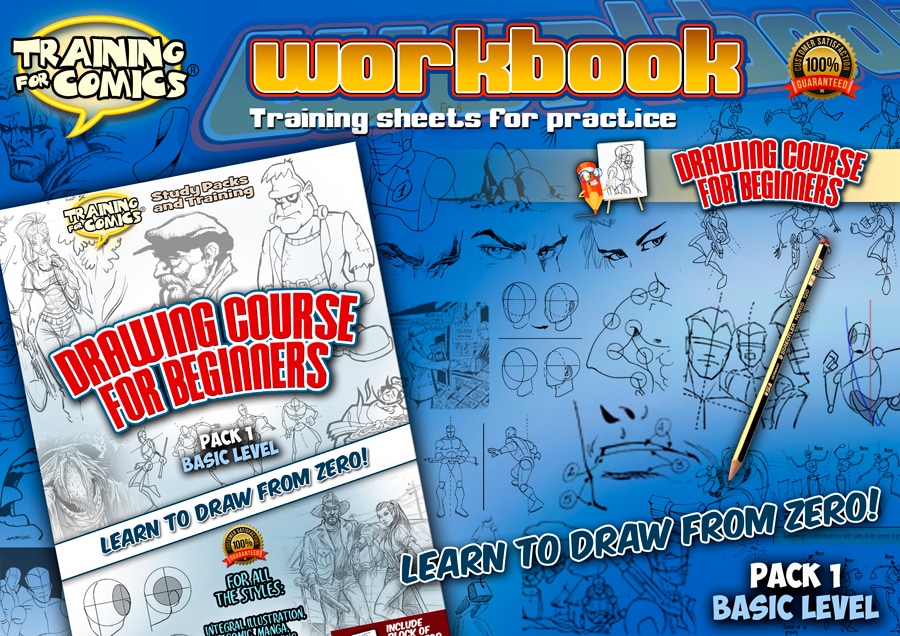
WORKBOOK:
(This Pack includes 65 different downloadable exercises to practice and learn these topics).
New lessons are added every month!
Get all your doubts out of your mind!
Training For Comics is an online platform dedicated exclusively to learning how to draw.
Training For Comics is more effective than other methods because it is based on an intelligent work plan and constant practice.
In general one finds on the internet a lot of theory but not a system focused on practice. TFC is like a gym for the artist. Theory is important, but it is only the beginning, our strength is that besides giving you the best theory, we will make you practice from different angles with techniques created and used by great professional artists. The result is that you will see your drawing skills increase in a very short time.
A lot! Too much, because we want you to practice because we all know it’s the only way to success as an illustrator.
That’s why you will receive great initial content when you sign up, but more importantly, you will receive new material to practice every week. And on top of that, every month you will receive New Drawing Lessons that include two books, one for theory and one Workbook for practice. So if you add it all up you are getting 6 new books every month!
All the Practice Workbooks are printable, print in one click and you’re training!
Yes, we told you you were going to practice! 🤯😀
No, it doesn’t matter your level, be it basic, intermediate or advanced. There is content for all levels.
TFC is the perfect ecosystem for illustration lovers. Without a doubt.
All of us who were drawing lovers have seen great artists in Comics magazines. And we dreamed that they would teach us directly. Well, that’s what we did 😉.
At TFC you will learn only with the best. We brought together the greats of the greats to create content on the platform and teach their secrets. Artists like Ariel Olivetti (Known for his work in Marvel Comics, DC Comics and Dark Horse), Horacio Lalia nicknamed “Master of Chiaroscuro” with more than 50 years of trajectory. And many more.
It’s the only place where you can be side by side with the best while they teach you their best tips and secrets. Whether you have a basic, intermediate or advanced level. You will always learn something new at TFC.
Thanks to the low price and large amount of content no one wants to leave TFC. 😀 But if that’s your case, you can cancel your account at any time in just two clicks from your account menu. Start when you want, cancel when you want. No strings attached.
You can pay with any Credit or Debit Card. You can also pay with Paypal.
You can access with any PC, mobile or tablet. TFC is a web app that adapts to your preferred device.
Everyone can learn to draw. We generally recommend from the age of 8 and up.
“But… I’m over 50 and I feel like learning from scratch, can I do it?“
Of course you can, the only barriers are mental ones. Start today, practice daily and you’ll see excellent results before you know it!
Yes, this question is real. 😀
No! You must practice. We will give you all the guides, tools, shortcuts, secrets and support, so that you learn in the fastest and safest way. Without wasting time. But nothing will replace the practice and perseverance you have to learn.
If you don’t practice, you won’t learn. But, if you start today and practice, you will really learn to draw sooner than expected. And if you continue like this, you will undoubtedly be able to get the professional quality of the artists that teach on the platform. And who knows, you may be teaching here soon 😉.
We wish you all the best!